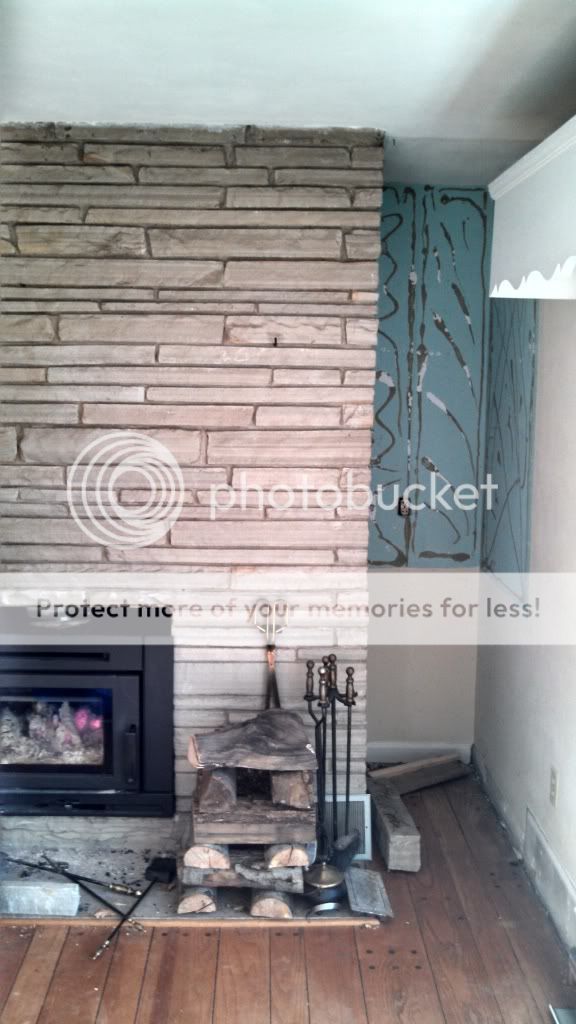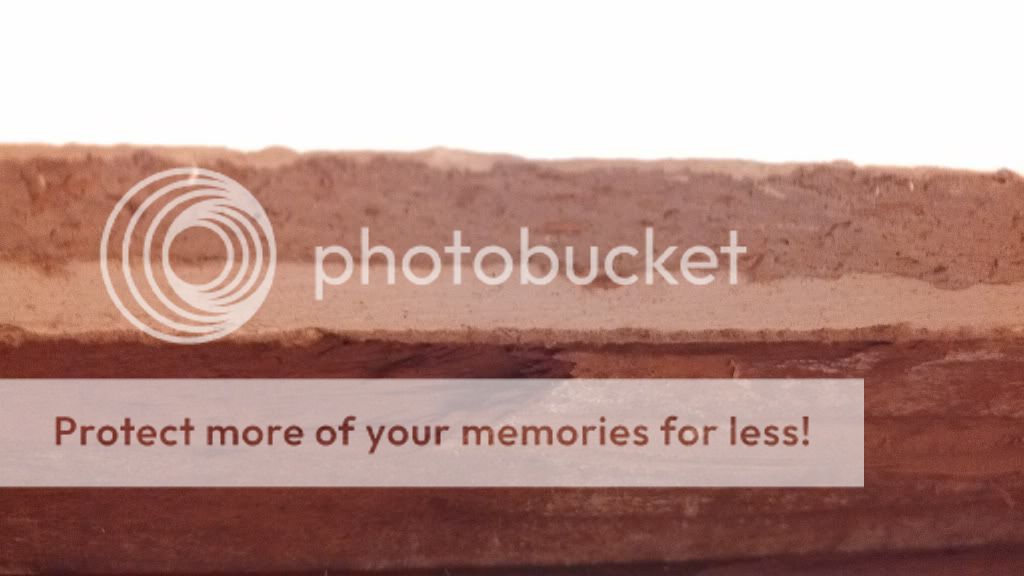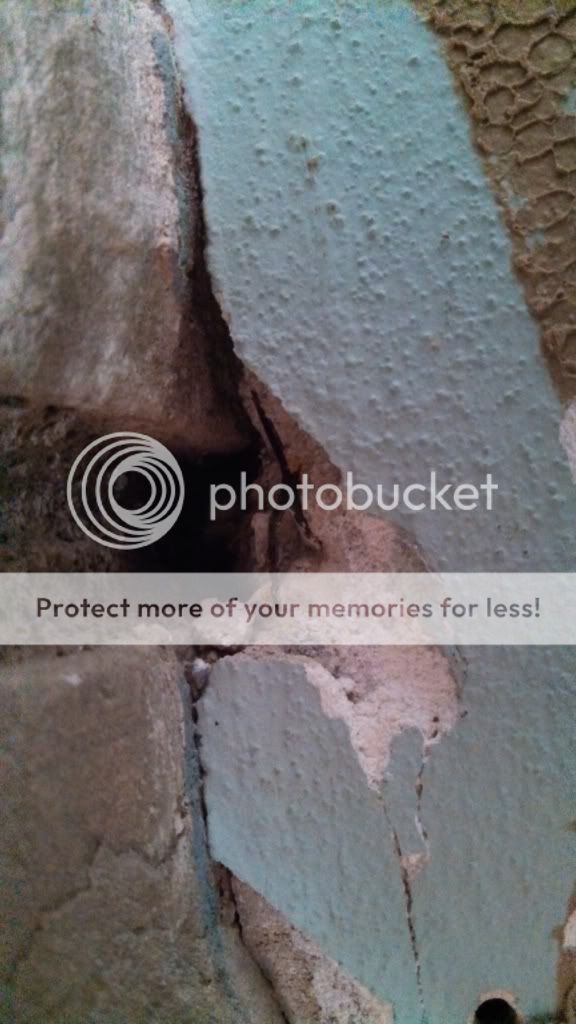I'm finishing off a wood stove install and would like to build an alcove next to the fireplace in which I can store wood. I removed some cabinets that were previously there... you can see the glue residue and old blue paint to the right of the fireplace.

I ordered matching natural thin stone veneer and now I need to figure out the best way to attach it to the wall. The house was built in 1957 and as best I can tell, the walls are sheetrock covered with metal lathe and then plaster on top. Here are two pics of the walls... the first is inside a closet where a piece of trim is missing so you can see the exposed edge. The second is a small area I chipped away adjacent to the fireplace where I intend to install the stone.


I've read all over the place and it sounds like there are two generally accepted methods for interior install... first is to screw wire lathe to the wall, scratch coat with mortar and then mortar stones to wall. The other is to use thinset to attach stones directly to hardi backer. Both of these methods are approved by the manufacturer of the stone.
I haven't been able to find any recommendations on how to attach stone veneer to a plaster wall. I could remove the plaster, put up hardibacker and do thinset, but that would be messy and time consuming. I could do the metal lathe/mortar but then the wall would consist of sheetrock, lathe, plaster, lathe, mortar, stone, which seems like a lot.
Any other options or input?

I ordered matching natural thin stone veneer and now I need to figure out the best way to attach it to the wall. The house was built in 1957 and as best I can tell, the walls are sheetrock covered with metal lathe and then plaster on top. Here are two pics of the walls... the first is inside a closet where a piece of trim is missing so you can see the exposed edge. The second is a small area I chipped away adjacent to the fireplace where I intend to install the stone.


I've read all over the place and it sounds like there are two generally accepted methods for interior install... first is to screw wire lathe to the wall, scratch coat with mortar and then mortar stones to wall. The other is to use thinset to attach stones directly to hardi backer. Both of these methods are approved by the manufacturer of the stone.
I haven't been able to find any recommendations on how to attach stone veneer to a plaster wall. I could remove the plaster, put up hardibacker and do thinset, but that would be messy and time consuming. I could do the metal lathe/mortar but then the wall would consist of sheetrock, lathe, plaster, lathe, mortar, stone, which seems like a lot.
Any other options or input?




